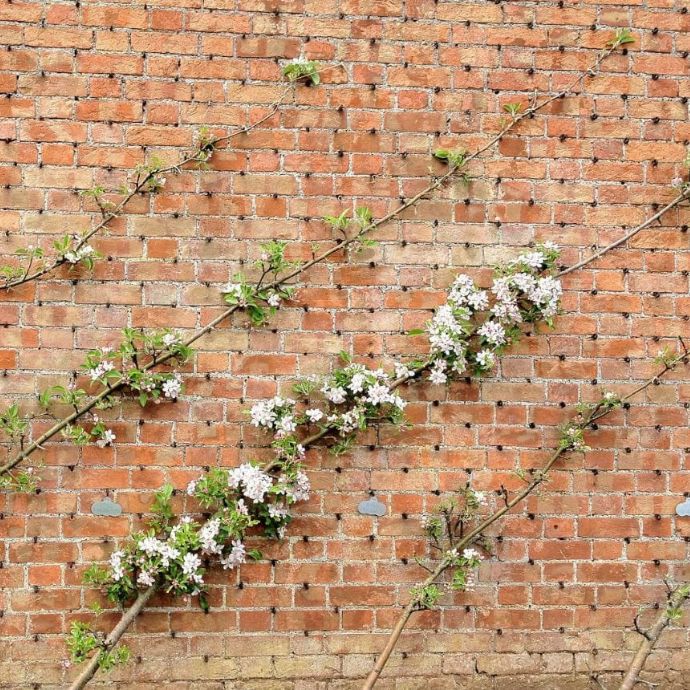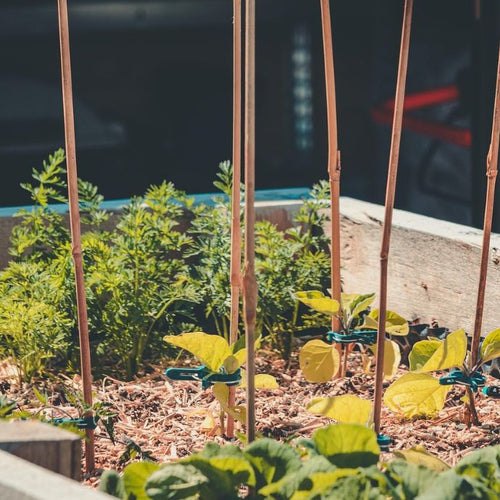Advice & Inspiration
Japanese Wineberry: The Complete Care Guide
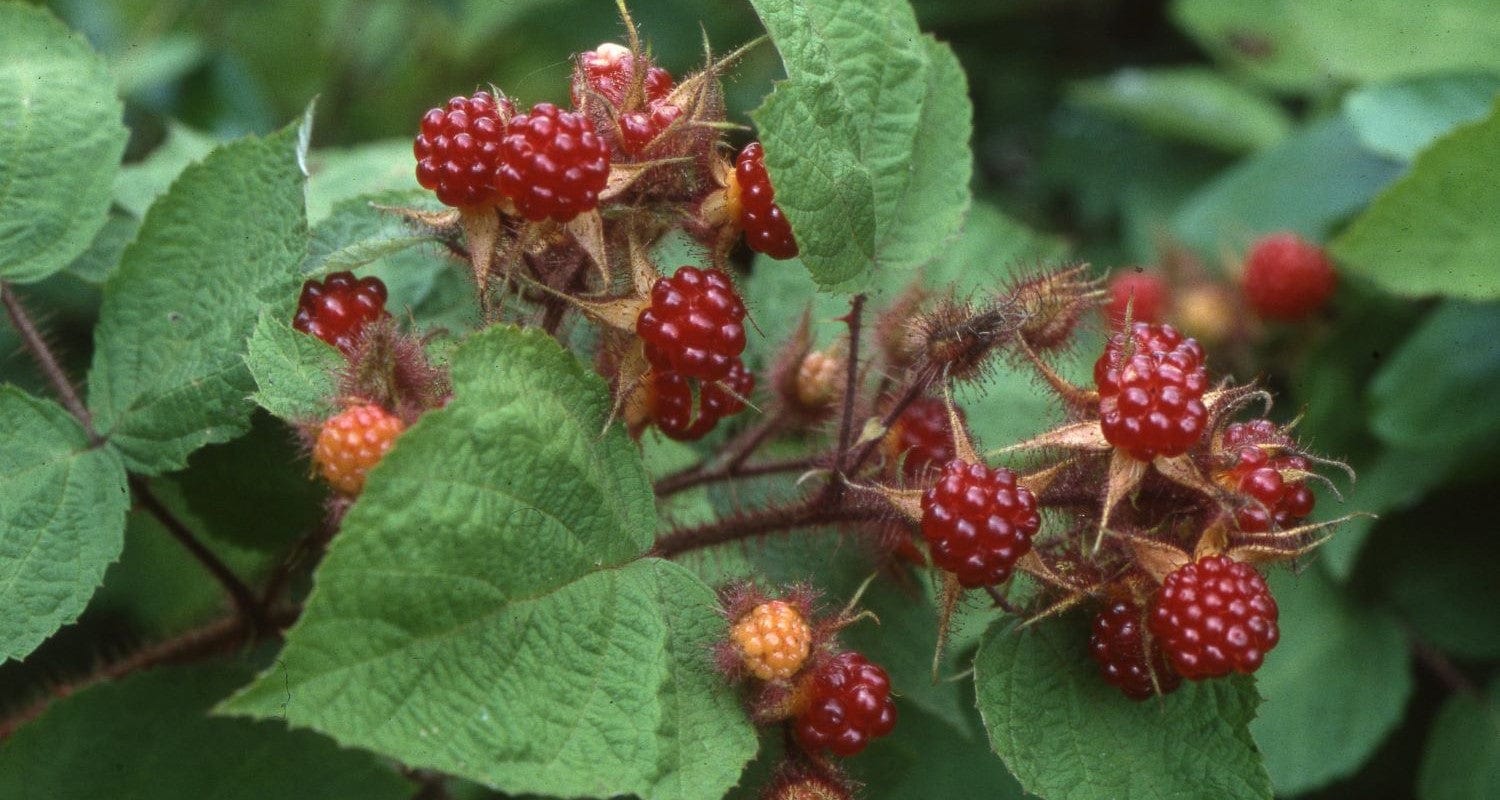
Japanese Wineberry (also known as simply Wineberry) is a fascinating and attractive fruit plant that once established, will pretty much look after itself. Here’s how to give yours the best start in life and maximise your wineberry harvest year after year.
What the heck is a Wineberry?
We’re glad you asked. Wineberry is a plant that originates from Japan and Korea, where it’s grown both for fruit and ornamental value. Its fluffy red stems brighten up the garden all winter, then between July and September it produces a large crop of shiny bright red fruits with a flavour a bit like raspberry but with a dab of sherbet! Where the Wineberry plant differs from other soft fruits is in its integrated pest control system - the calyxes from which the fruit emerges are covered in little hairs which produce a sticky substance, trapping bugs and keeping them away from your fruit.
When to plant a Wineberry
The best time to plant wineberries is early autumn or late spring, when the ground is warm and there’s plenty of moisture in the soil - ideal conditions for the plant to establish itself quickly. You can plant them at any time of year provided there’s no frost, but they like moist, fertile soil so be prepared to water your new plant regularly, especially in hot, dry weather, and add lots of compost if your soil is heavy or sandy.
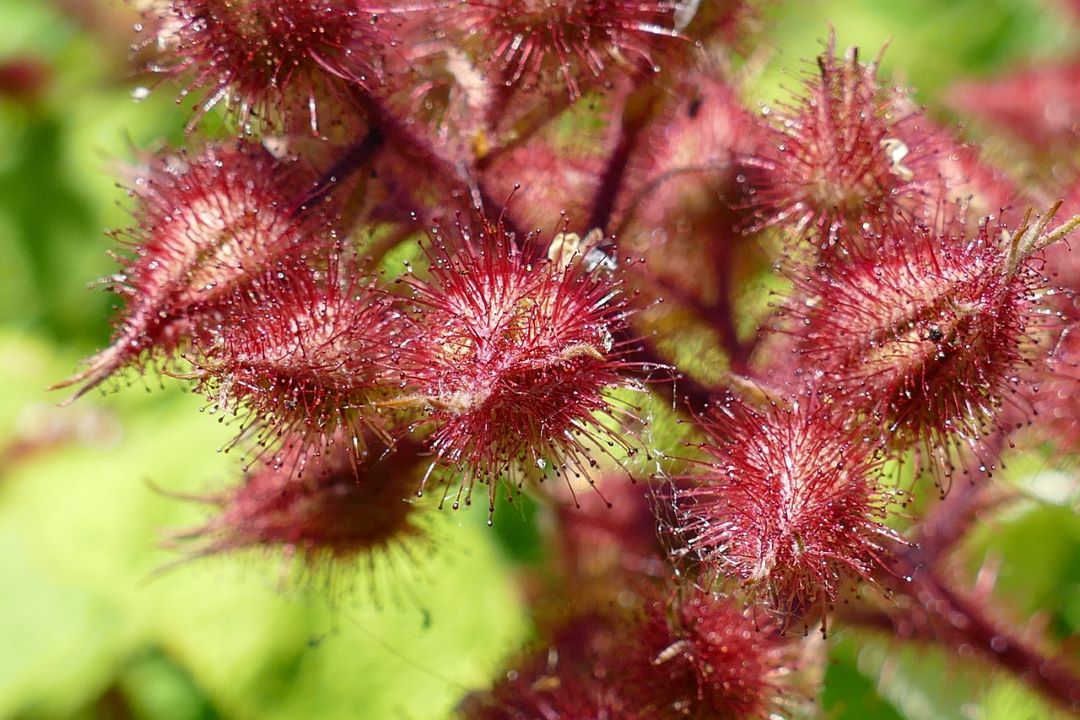
Where can I grow Wineberries?
You can grow Wineberry plants anywhere you’d grow raspberries or blackberries - a large container is fine but they can grow up to 2-3m metres tall so do best in borders - planting next to a sunny wall will give you the biggest crop. If you do use a container, make sure it’s at least 30cm in diameter and repot into a larger one every year. If you’re planting more than one wineberry, leave 150cm between the plants, or less if you’re growing them as a hedge. Wineberries will grow in any kind of soil as long as it’s not waterlogged and do fine in full sun or partial shade. Let your wineberry grow wild and free, or train it up the wall with a trellis.
Do Wineberries need frost protection?
Once your Wineberry plant is established, it will be fully hardy and won’t need any winter protection. For the first two years, however, I’d recommend protecting the plants with horticultural fleece or bubble wrap overnight if a frost is predicted. If they’re in pots, it can be easier to bring them indoors and overwinter them in a shed, garage or conservatory that gets some natural light - they’ll be fine in temperatures down to around five degrees.
Read more about protecting your plants from frost.
How to prune your Wineberry
Wineberries bear fruit on floricanes (the previous year’s canes). Just as you would with summer fruiting raspberries, wait until autumn when the harvest is finished and the fruited canes start to die. Prune these old canes back almost to the ground and the plant will produce new ones the next year.
When can I harvest Wineberries?
Wineberries are ready to harvest from July to early September. Like raspberries, they come away from the stalk easily when properly ripe. Unlike raspberries, you don’t need to check them for aphids or maggots, as the hairs on the stems and calyx keep away most of the usual pests, including the raspberry beetle.
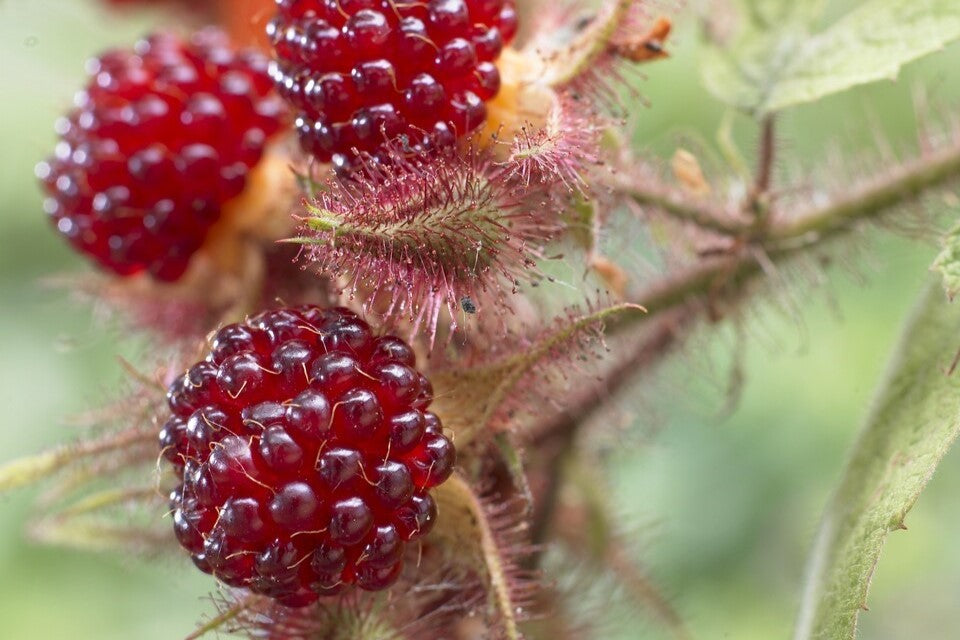
Eating and cooking Wineberries
Wineberries taste great freshly picked, but you can also use them in a wide variety of ways - exactly as you’d use raspberries or blackberries. Add them to a fruit plate including blueberries and strawberries for a simple summer dessert, or sprinkle some in a smoothie for a vitamin A and C boost. As far as cooking goes, I particularly like the tangy taste of wineberry jam, and they’re also good in crumbles with a crisp topping of demerara sugar.
In short
- Plant in spring or autumn
- Water in well and plant in sun for the best crop
- Protect from frost for the first two years
- Harvest in summer
- Prune out old canes in autumn






